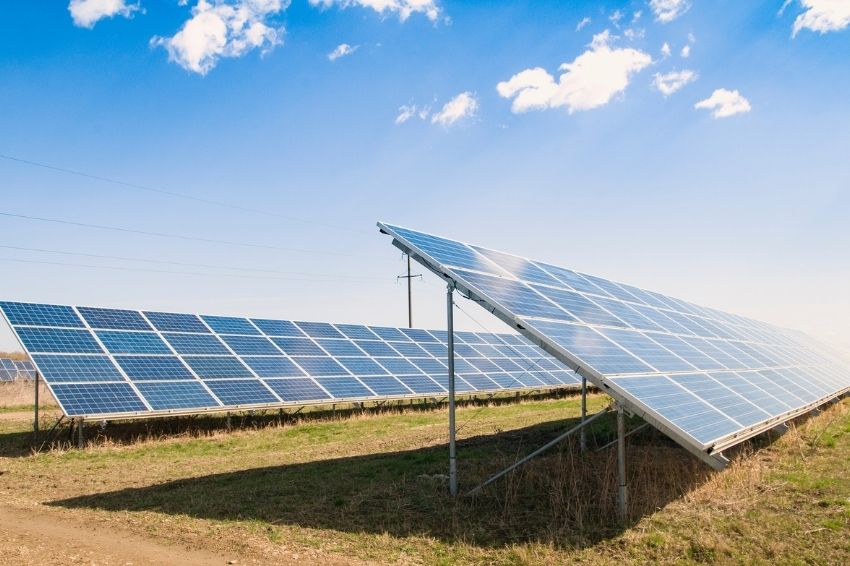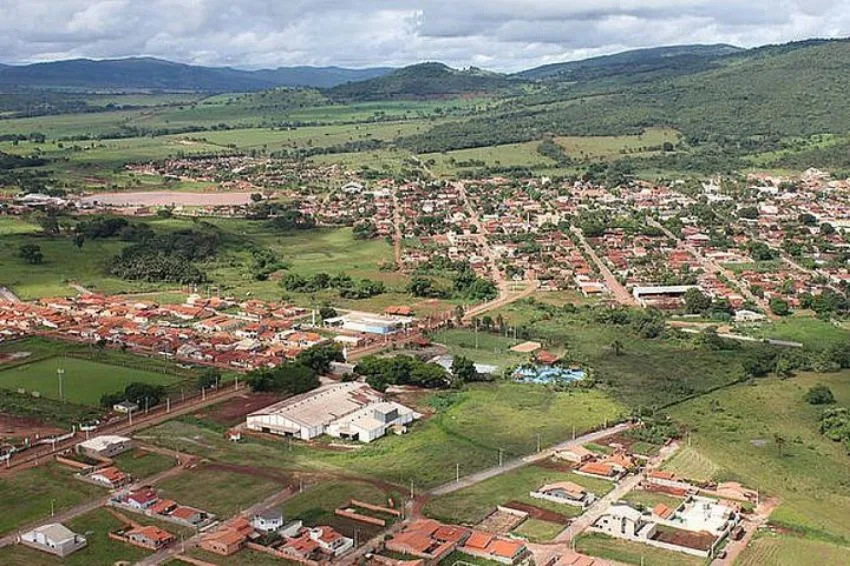Solar energy generation promises to continue at full steam in the coming years. According to Greener's perspectives, around 4.1 GW of GC solar projects (centralized generation) are expected to come into operation in Brazil by 2022.
The numbers were presented during the webinar “Challenges and trends in photovoltaic energy in Brazil in 2021”, held by Trina Solar, in partnership with Canal Solar.
“It is an important volume and is already in the pre-contracting or construction phase. Today, Brazil has large centralized plants generating something around 3.4 GW”, said the director of Greener, Marcio Takata.
Read more: 670W modules will be available in Brazil from the 2nd semester
According to the survey, around 13.3 GW of grants for solar projects in Mercado Livre were mapped until January this year. Of this amount, more than 8.4 GW already have PPA agreements signed. Currently, of the 4.6 GW of projects for the regulated market, around 1.2 GW are still in the planning or construction phase.
The research also highlights that bifacial modules have become examples in large Brazilian projects and that 100% of the contracts mapped last year, whether in the free contracting environment (ACL) or in the regulated contracting environment (ACR), will use bifacial modules.
“Solar energy has evolved quite significantly in recent years and this technological evolution is a fundamental driver for the sector to reach more and more people. We are moving very well towards this,” said Takata.
The study also reveals that the topology string has been growing in the Brazilian GC market. Of all contracts mapped since 2020, around 66% will use inverters string. Companies in the mining and chemical sectors are currently, according to the survey, those that demand the most solar projects on the free market.
According to Takata, Brazilian development banks, especially BNDES (National Development Bank), are the main lines of financing for solar projects.
“The issue of financeability is a fundamental element in this context, as it allows the entrepreneur to have, in the end, a more efficient energy price condition”, he commented.















